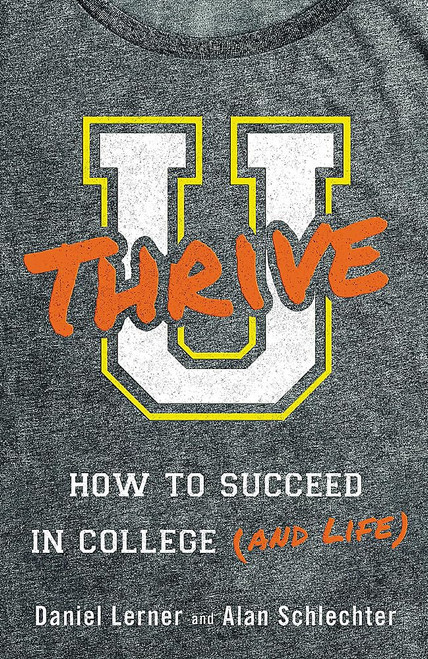Some college and university instructors used the First Edition of How to Succeed in College Mathematics as a basis for study in courses, workshops, or seminars for students. This required them to construct exercises for their students. This became the impetus for creating the Assignment Manual, which is comprised of exercises on the content of the Second Edition of the book.
It is one thing for students to read portions of the book to seek information, and another thing for them to grapple with what they find. They need to know where they currently are as students, where they want to be, where they need to be, and how to get there. This is done through the exercises by asking for their opinions, thoughts, and feelings based on their experiences, what they read in the book, and their discussions with others.
Here is a sampling of phrases in the exercises: What did you do about ..., Are you prone to ..., Are you reluctant to ..., What would you have done..., How can this be applied to ..., Have you found it worthwhile to ..., Rate your feelings on ..., Give your experiences on ..., How would you react to ..., What are reasons for ..., Do you agree or disagree with ..., How did you take advantage of ..., List things that help you to ..., What criteria do you use to ..., Do you take time to ..., Give a convincing argument that ..., What do you intend to do about ..., What is your motivation for ..., What do you believe accounts for ..., Give a study behavior you ...., Give pros and cons of ..., What was your process for ....
Reading content with a purpose in mind enables students to probe it more deeply, thus understanding it better. Students are asked to explain, justify, support, or give rationale for their responses to most of the above questions or statements.
It is critical for students to get feedback, through discussion, on their responses to most exercises. Research shows that discussion nurtures these critically important learning objectives better than any other means of learning: (a) enhanced understanding and application of concepts and generalizations, (b) clarification of thinking and promotion of insight, (c) promotion of the development of problem solving skills, (d) increased ability to communicate (and as applied here, to communicate thoughts on mathematics and the learning of mathematics), (e) increased confidence through helping others, (f) changed behaviors, improved attitudes, and increased motivation, (g) promotion of active learning (thus increasing retention of knowledge), and (h) development of leadership qualities.











